Uruguay offers unique treasures beyond Montevideo.
Nestled between Brazil and Argentina, this nation blends modern values with preserved customs. Remote lighthouses, free-roaming horses and historic estancias showcase authentic culture.
The country captivates visitors with understated beauty and genuine experiences.
Key takeaways
- The remote village of Cabo Polonio has no electricity and offers unspoilt beaches, sea lions and a lighthouse only accessible by 4×4.
- Hidden estancias welcome visitors to experience authentic gaucho life through cattle drives and traditional mate ceremonies.
- Family-run wineries in Canelones produce exceptional Tannat wines using traditional methods passed down through generations.
- The 40-day carnival features unique candombe drumming and murga performances found nowhere else in South America.
- The unspoilt beaches along the Rocha coast offer pristine stretches of unspoilt beach between Valizas and Aguas Dulces.
Why Uruguay captivates world travellers
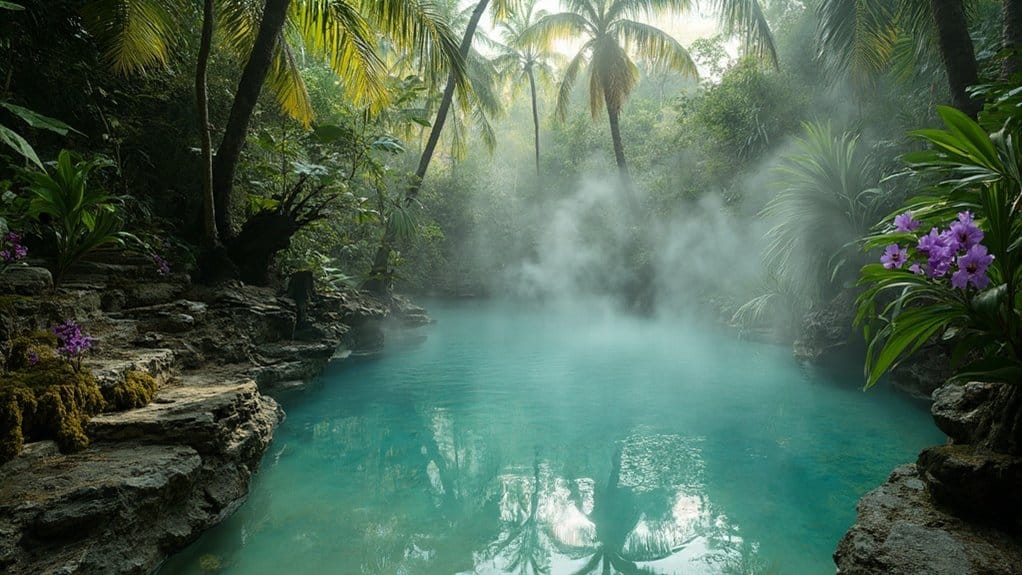
Let me tell you what makes Uruguay such a captivating destination. As someone who has spent decades showing visitors around our country, I’ve seen how this small nation leaves an indelible mark on those who venture here. While Brazil and Argentina often steal the limelight, Uruguay offers an intimate South American experience that you can explore at your own pace.
Living here has taught me that the essence of our nation comes from its genuine character and deep-rooted traditions. Step into any local parrilla and you’ll discover the art of asado – our signature wood-fired barbecue – paired with award-winning Tannat wines from family-owned vineyards. Throughout the year, our streets pulse with energy during events like our 40-day Carnival, which features unique candombe drummers and murga performances you won’t find anywhere else in South America.
Walk through Montevideo’s Ciudad Vieja or Colonia del Sacramento’s Historic Quarter and you’ll see colonial buildings that have been carefully preserved and still serve as homes and businesses. Along our 660 kilometres of coastline, fishing villages and pristine beaches remain refreshingly underdeveloped. In the interior, working estancias welcome guests to experience authentic gaucho life, complete with cattle drives and mate-sharing traditions that haven’t changed for generations. These aren’t tourist attractions – they’re our daily lives, shared with those curious enough to discover them.
Hidden cultural treasures
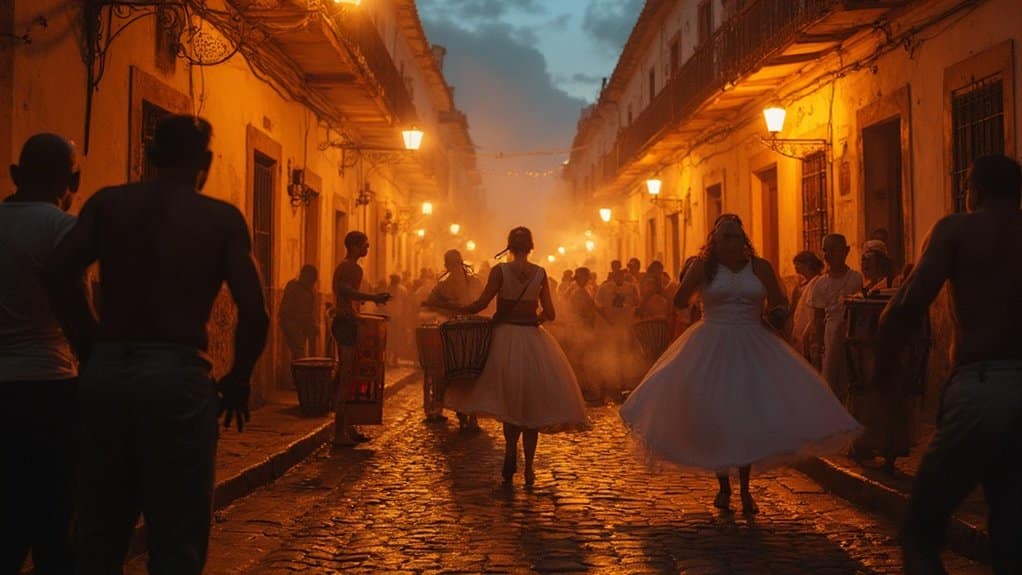
Let me show you what makes Uruguay’s cultural scene so special. Beyond our famous tango halls and historic plazas, you’ll discover intimate cultural festivals tucked away in the most unexpected places. As someone who has spent decades exploring every corner of our country, I can tell you that some of our most vibrant celebrations take place in repurposed warehouses and restored colonial buildings, where local artists and musicians gather to share their authentic expressions.
Our artisan markets tell an equally compelling story. Walking through the quieter neighbourhoods, you’ll find skilled artisans preserving time-honoured techniques in leatherwork and textile design. These artisans maintain their workshops in traditional spaces, passing on knowledge that’s been in their families for generations. I’ve personally seen these markets grow from small family businesses into vibrant cultural hubs, all while staying true to their roots.
The coastal villages and inland towns have their own cultural treasures. Small but dedicated community centres have become creative havens, offering everything from intimate theatre productions to hands-on craft workshops. In these spaces, young artists learn alongside seasoned masters, ensuring that our unique cultural heritage continues to thrive. As both a resident and a professional who regularly guides people through these communities, I’ve seen these centres transform into essential gathering places that keep our traditions alive while embracing new artistic expressions.
Undiscovered Coastal Paradises
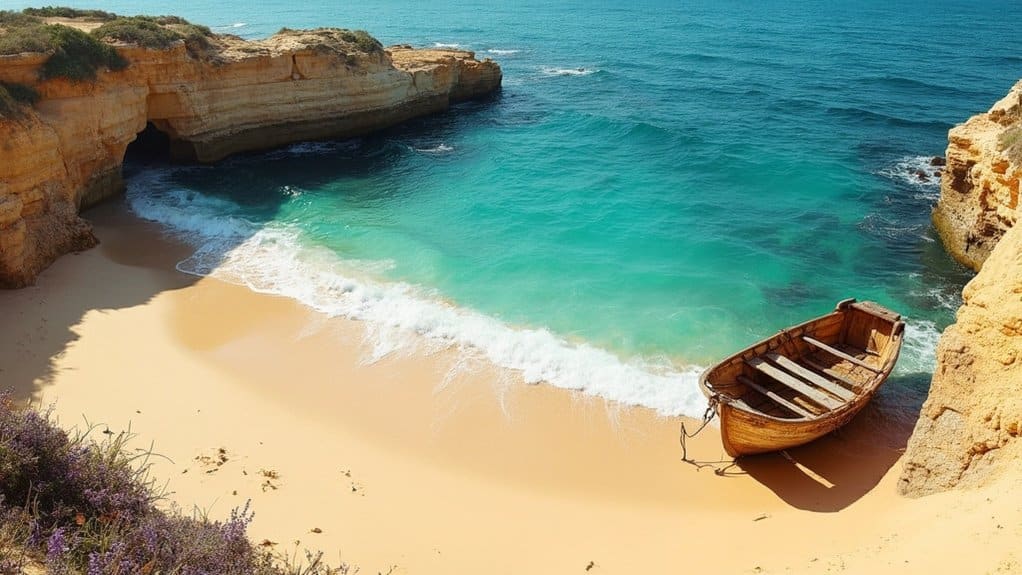
Let me tell you what I’ve discovered in 15 years of showing properties along Uruguay’s hidden coastline. Beyond the well-known Punta del Este, you’ll find a string of unspoilt beaches where nature still rules – from Rocha’s windswept coastline to the crystalline waters of Cabo Polonio, each spot tells its own story.
The fishing villages that dot our coastline operate much as they did when my grandfather ran his boat here. Every morning at 5 a.m., wooden boats push off from the coast, returning with fresh corvina and brótola. La Pedrera’s 40-foot cliffs provide a natural windbreak for surfers, while Punta del Diablo retains its weathered wooden houses and gravel roads despite welcoming a steady stream of international visitors to its 12 boutique posadas.
The 20 kilometre stretch between Valizas and Aguas Dulces showcases Uruguay’s most unspoilt coastline. Our native Criollo horses – descendants of colonial Spanish breeds – roam freely over massive dunes that reach heights of 20 metres. Local fishermen run simple wooden restaurants where you can sample dorado caught hours earlier. Protected by national conservation laws since 1998, this stretch of coast represents the authentic Uruguay that I’ve seen preserve its character through decades of careful development.
Wine routes worth exploring
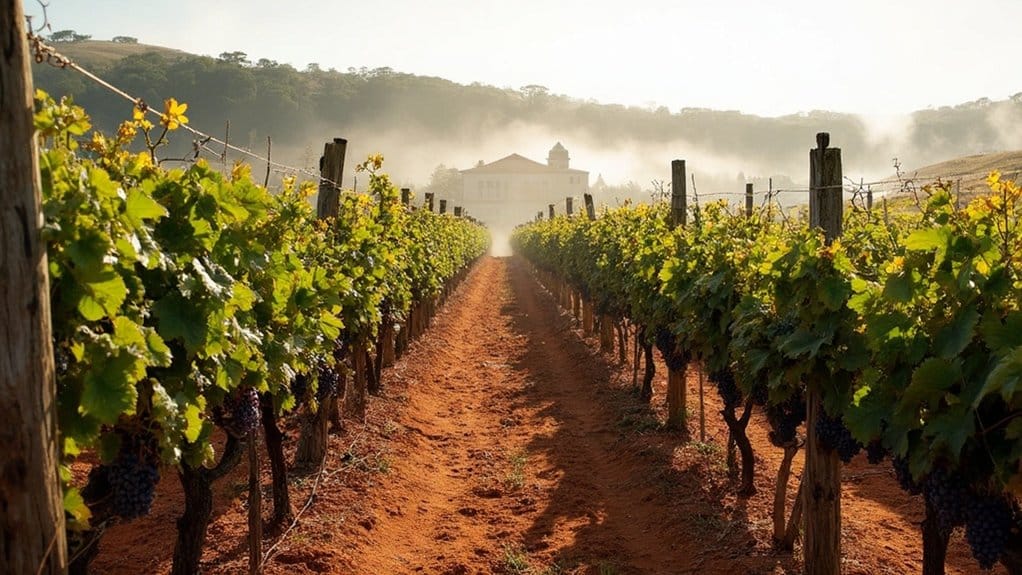
Let me show you the Wine Routes I’ve taken countless clients on during my 15 years in Uruguayan real estate and tourism. The family-run wineries nestle perfectly in our rolling hills and fertile valleys, just a short drive from the coast. While Argentina and Chile attract huge crowds, our boutique wineries capture the authentic essence of South American winemaking – a treasure I’ve seen time and again captivate visitors.
You’ll discover our prized Tannat grape flourishing in Canelones, where I’ve watched innovative winemakers evolve while honouring their roots. The small-batch production methods remain remarkably consistent – I’ve visited the same cellars for years, watching families pass on their expertise from generation to generation. The Maldonado region combines century-old establishments with sleek new ventures, creating a dynamic landscape that I’ve watched change over the decades.
These routes reveal Uruguay’s genuine wine heritage, something I am proud to share with both local and international clients. Each winery tells its own story through intimate tastings and tours, offering experiences you simply won’t find in larger wine regions. Believe me, after helping countless families find their dream property near these vineyards, I can attest to the magnetic charm of Uruguay’s wine country.
Uruguay’s progressive spirit
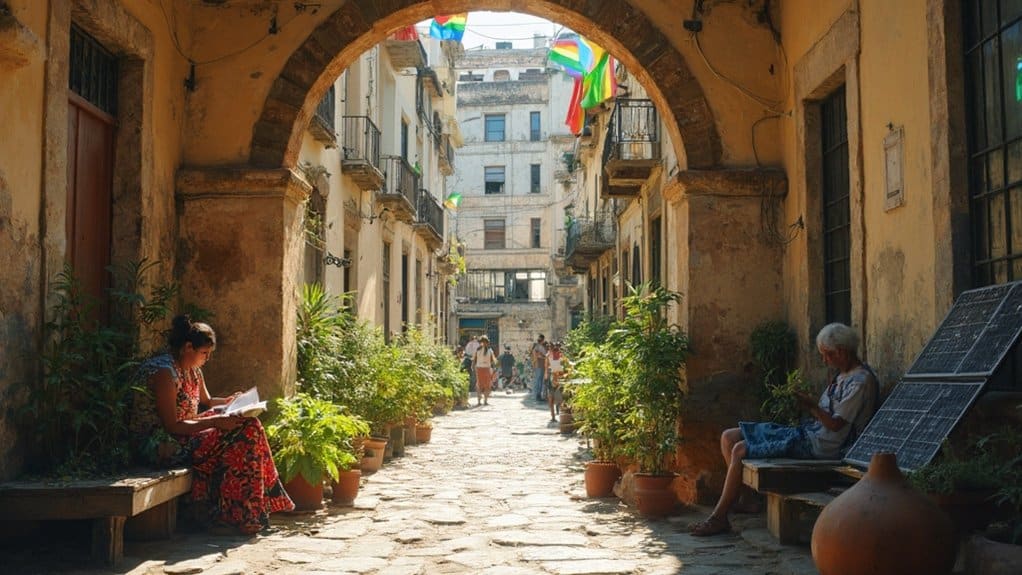
As someone who’s witnessed Uruguay’s evolution first-hand, I can tell you that our nation’s progressive spirit is deeply ingrained in our cultural DNA. We made history as the first country in South America to legalise marijuana, and our comprehensive welfare system creates opportunities for all citizens – decisions that reflect our commitment to individual freedom and social justice.
Living here, I see daily evidence of our environmental awareness. Our landscape has been transformed by the integration of renewable energy sources, which provide 98% of our electricity needs. The wind turbines I pass when showing properties to clients represent more than just energy generation – they demonstrate our practical approach to sustainability and resource management.
The quality of life here is the result of carefully crafted policies that prioritise human dignity. Our universal healthcare system ensures that everyone receives medical attention, while free education opens doors for generations of Uruguayans. Since 1916, our secular foundation has created space for personal choice and diversity to flourish. Legal protections for LGBTQ+ rights and women’s healthcare aren’t just policies – they’re expressions of our values as a society. These achievements, built through decades of thoughtful governance and civic engagement, make Uruguay a unique example of how progressive ideals can shape a nation’s future.
